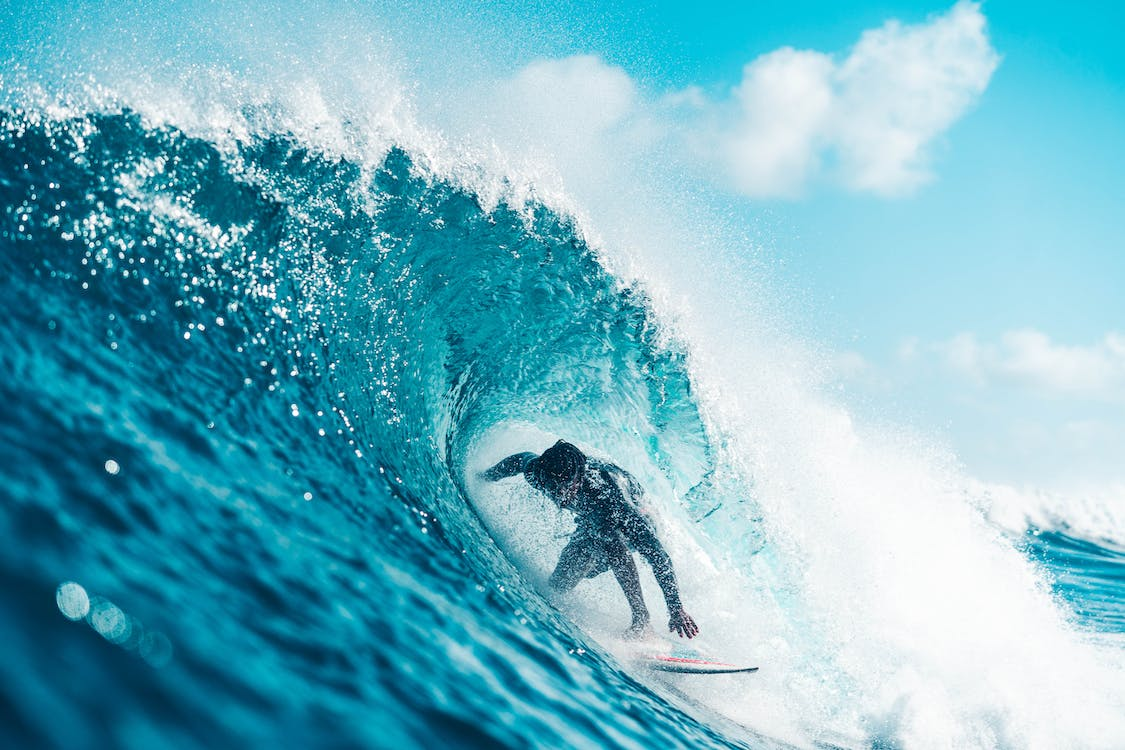
Description
Leveraging simulated observations (OSSEs), reconstructed fields have been derived, capturing dynamic height and geostrophic currents at the ocean surface. These reconstructed fields provide insights into ocean dynamics and circulation patterns based on the simulated observational data. To promote accessibility and collaboration within the scientific community, these reconstructed field datasets will be shared on Zenodo, an open-access platform.
Impact During the Project
Facilitation of Comparative Studies:
Traditional State: Historically, the availability of reconstructed fields based on simulated observations was limited, and when available, access might have been restricted. This constrained the ability of researchers to perform comparative analyses using different data sources or methodologies.
Advancement: By producing and sharing reconstructed fields on Zenodo, researchers now have a baseline dataset that allows for comparative studies, benchmarking, and the validation of new techniques or methodologies.
Enhanced Understanding of Ocean Dynamics:
Traditional State: Previous reconstructions might not have utilized the latest simulation techniques or might not have been as comprehensive in capturing the dynamics of ocean surface parameters.
Advancement: These new reconstructed fields, developed from state-of-the-art simulated observations, offer more detailed and potentially more accurate depictions of dynamic height and geostrophic currents, enriching our understanding of oceanic processes.
Impact Post Project
Strengthened Collaborative Research:
Traditional State: The lack of openly available reconstructed fields might have hindered collaboration between institutions or researchers.
Advancement: By making these datasets freely available on Zenodo, cross-institutional and international collaborations are likely to be strengthened, leading to more comprehensive and multidisciplinary marine research projects.
Informed Policy and Decision-Making:
Traditional State: Decision-makers and policymakers might not have had access to or awareness of comprehensive reconstructed fields, potentially impacting the accuracy or efficacy of their decisions.
Advancement: The availability of these datasets, combined with the potential research that stems from them, can provide more informed data and insights for oceanic policy-making, marine resource management, and conservation efforts.
Advancement over and above State of the Art
The development and dissemination of reconstructed fields from simulated observations mark a noteworthy enhancement in marine research capabilities. The ability to derive detailed fields like dynamic height and geostrophic currents from simulated observations offers a powerful tool for understanding ocean dynamics. Sharing these datasets on an open platform like Zenodo amplifies their value, enabling a wider range of scientists, researchers, and policymakers to leverage them for various applications, from academic research to practical marine management. This initiative represents a significant leap in fostering open science, enhancing marine research quality, and
promoting collaboration within the marine science community.
Links and References
Link to D2.1 – Design of OOOEs: https://eurosea.eu/download/eurosea_d2-1_design_osses/?wpdmdl=5512&refresh=650197c4a43901694603204
Link to D2.3 – OSSE Analysis: https://eurosea.eu/download/eurosea_d2-3_analysis_of_the_osses_revised_resubmitted/?wpdmdl=5516&refresh=650197c4f00b31694603204
